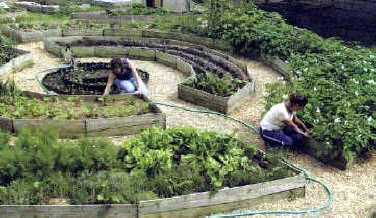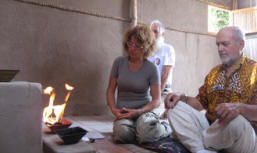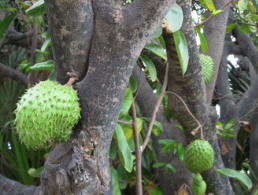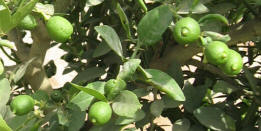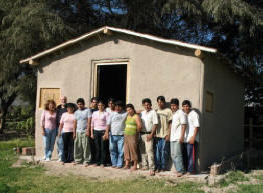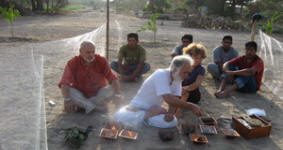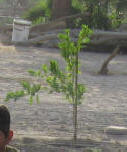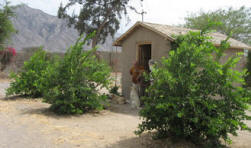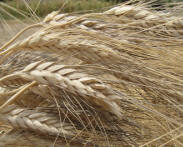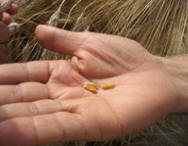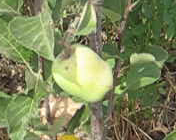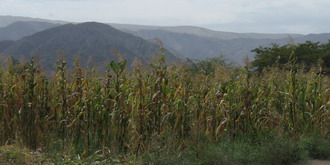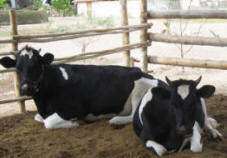Bucaramanga, Santander
Colombia
South America
strawberries
blackberries
cape gooseberries
“I was in an area of Santander which is called Garcia Rubia. This was a cold area with bad soil. We decided to make a Homa experiment when we met Julian Acosta. He introduced us to Homa Therapy. We got some land and started a HOMA Organic farming project. A Resonance point was established and we had 27 different products. We produced enough veggies and fruits for the whole town.”
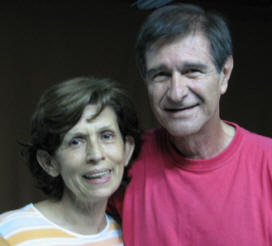 |
|
Mr El-Kabid Peter Ben George and his wife Carmen Lucia Burgos
|
“We didn’t realize how powerful Homa Therapy was until now. We had a project for cold climate fruits, like the blackberries. The standard production of this fruit is 8 to 9 tons per hectare; we produced 14 tons. Average production of cape gooseberry is 5 tons a year per hectare, according to the ‘Universidad Nacional de Colombia.’ We produced over 9 tons. The strawberry production in Colombia is 0.75 pounds per plant per year. We got 1.5 pounds.”
“It was incredible! We received an award in Paris as Number One for Ecological Production. The following year, we again received the First Prize for Ecological Production. This was thanks to a partner who showed our fruit products in Europe.”
“Originally we had 25 liters of water per second. When we left the land, we were collecting 175 liters per second from our natural source. It became a river! We also planted 64 thousand trees, which also contributed to the water production. It was amazing.”
“My wife and I realize that it is all due to Homa Farming Technology which transformed the soil into this spectacular land!”
|
|
|
|
|
The strawberry production in Colombia is 0.75 pounds per plant per year. We got 1.5 pounds.
|
Average production of Uchuva is 5 tons a year per hectare. We produced over 9 tons.
|
The standard production of blackberry is 8 to 9 tons per hectare. We produced 14 tons.
|


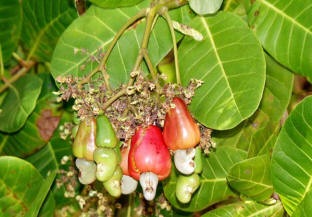
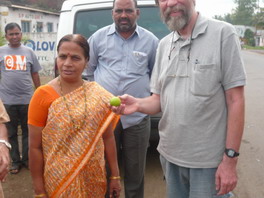 “Near to my house, there is a small garden which has a lime tree and which is about ten years old. It gives good fruit. This year again there were a lot of flowers but during flowering the tree was attacked by an insect pest and it lost all its flowers. People gave various advice for chemical treatments. Then I remembered Dr. Basarkar telling about the Agnihotra ash water solution.”
“Near to my house, there is a small garden which has a lime tree and which is about ten years old. It gives good fruit. This year again there were a lot of flowers but during flowering the tree was attacked by an insect pest and it lost all its flowers. People gave various advice for chemical treatments. Then I remembered Dr. Basarkar telling about the Agnihotra ash water solution.”

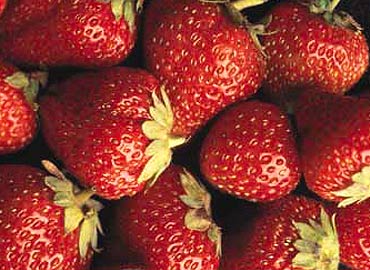
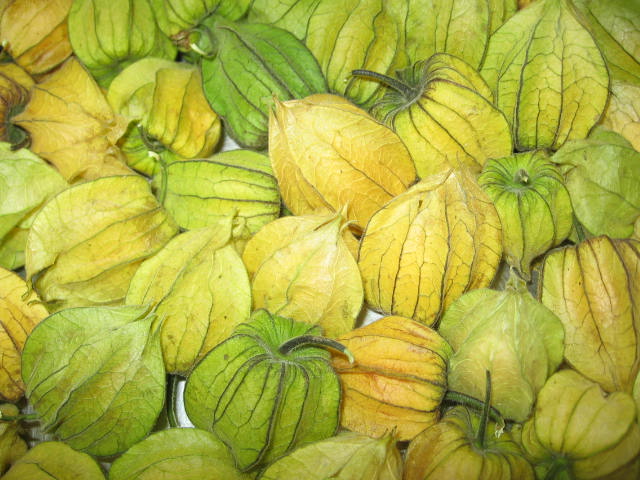
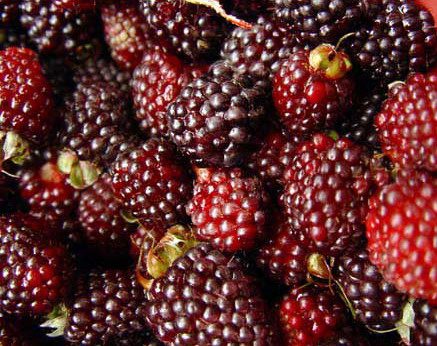
 The leaves of most of the coconut palms were being eaten away by the caterpillars and the attack was fast spreading from the palms in the north portion to the southern region.
The leaves of most of the coconut palms were being eaten away by the caterpillars and the attack was fast spreading from the palms in the north portion to the southern region.